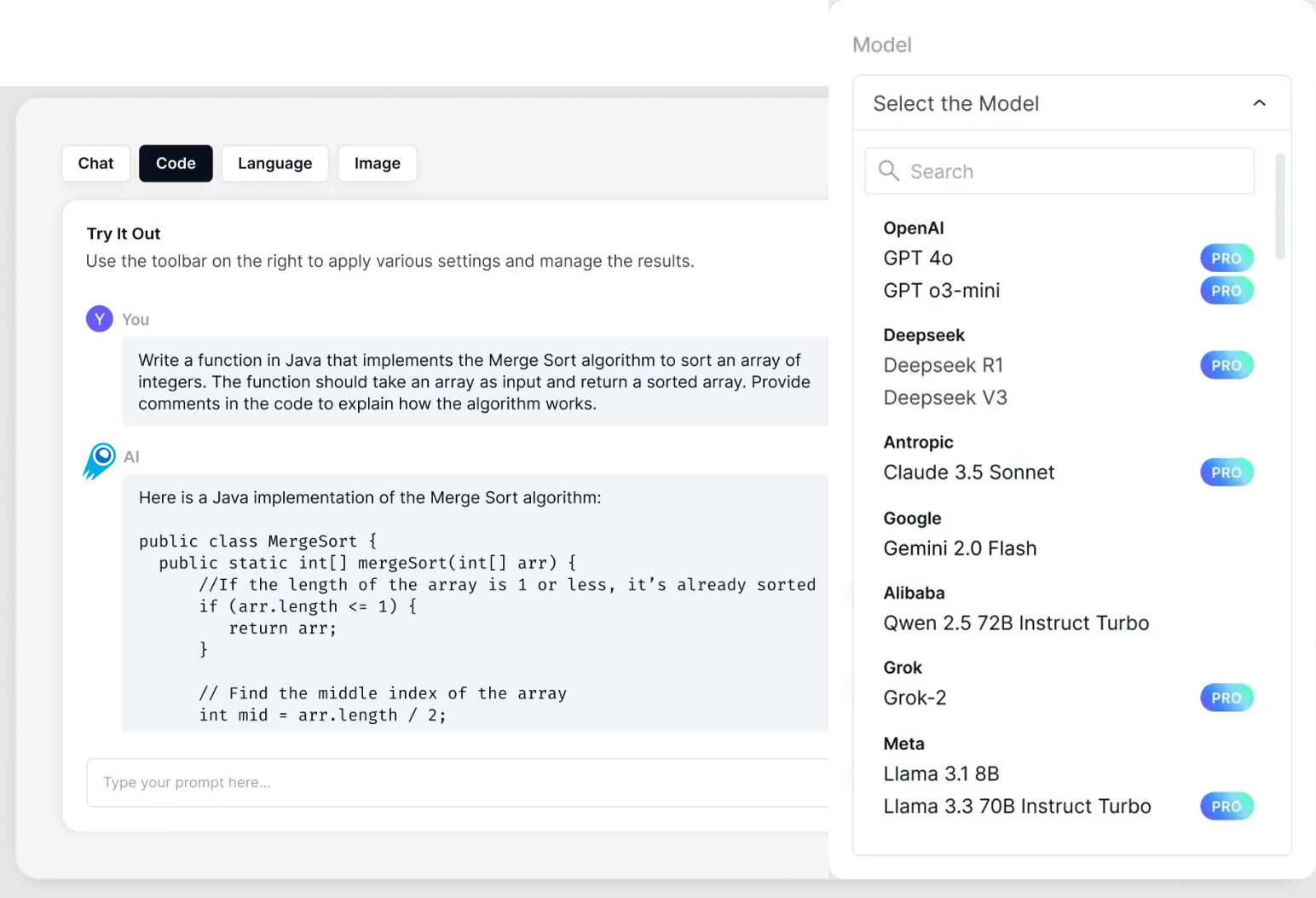Runway Gen-4 Aleph (commonly referenced as gen4_aleph) is Runway’s in-context video editing + video-to-video generation model built on the Gen-4 family. Aleph was announced by Runway as a major extension to Gen-4 that lets users edit, transform and regenerate parts of an existing video (object removal/insertion, relighting, new camera angles, style/lighting changes) using simple text prompts and optional reference images.
Basic features (what gen4_aleph does)
- Video-to-video editing: Add, remove or replace objects and characters in a clip.
- Shot continuation / next-shot generation: Extend a story by generating the next shot that follows the input sequence.
- Novel view / camera generation: Synthesize different camera angles or reframes from the same scene.
- Style & lighting control: Change overall aesthetic, color grading and scene lighting.
- Reference conditioning: Use example images (or reference frames) to keep characters/objects consistent across frames.
Technical details (architecture & inputs)
Model type: multi-task video generation/manipulation built on Runway’s Gen-4 architecture — designed for in-context editing where the input video + prompt jointly determine outputs.
Inputs supported: video URL or upload, text prompts, optional reference images, seeds and framing parameters.
Outputs: edited video clips (various aspect ratios and durations).
Processing characteristics: operates as a video-to-video pipeline (server-side task queue), supports reproducibility via seed values, and exposes optional frame size and duration parameters for control. The CometAPI API schemas and examples show a two-step flow (create generation task → poll/retrieve results).
Benchmark performance
Reported or observable performance notes:
- Consistency: gen4_aleph preserves character appearance and scene continuity across multiple generated shots better than previous public Gen-series models, enabling multi-shot storytelling.
- Quality vs. speed: Aleph is offered within the Gen-4 family; certain Gen-4 variants (e.g., “Turbo”) trade cost and speed vs. fidelity. Aleph focuses on in-context editing quality for short clips; reviewers note impressive results but caution that outputs still require postwork for production-grade VFX.
Limitations & known failure modes
- Clip length / resolution limits: Aleph is optimized for short clips (typical 5s generations); longer continuous video requires Act-Two or other pipelines.
- Control limits: While Aleph improves continuity, fine-grained control (exact finger positions, micro-facial sync, perfect temporal stability) still needs manual VFX or iterative prompt + mask workflows. Community reports and reviewers highlight occasional artifacts and imperfect occlusion handling.
- Content & copyright moderation: Runway performs moderation and may reject/terminate tasks for disallowed content. Training data provenance and biases remain community discussion points (previous Gen-3 controversy is a reminder to review legal/ethical guidance).
Representative use cases
- Post-production & VFX assist: Remove boom mics, replace props, relight scenes to speed up editing.
- Storyboarding & shot prototyping: Generate next shots or alternate camera angles to explore coverage before shooting.
- Advertising & social content: Rapid re-styling and object replacement for A/B creatives and quick iterations.
- Game / asset prototyping: Produce short animated assets and environmental variations for concepting pipelines.
Comparison to other models
Vs. Gen-4 (base): Aleph is an in-context extension of Gen-4 focused on editing existing video rather than only generating novel frames from a still image or text. Gen-4 remains the core generator for new content; Aleph adds powerful edit/transform primitives.
Vs. Gen-4 Turbo: Turbo targets faster, lower-cost iterations for image/video generation; Aleph focuses on multi-task editing workflows (Turbo is about throughput/cost).
Vs OpenAI’s Sora (and similar text→video engines): Aleph is designed primarily as a video-to-video editing engine with strong object-level edits and shot continuity; Sora focuses more on text→video generation from scratch and may produce highly cinematic original footage. Reviewers place Runway as stronger in editing existing footage and creative control, while models like Sora and VEO3 are described as strong for text-to-video generation
How to call gen4_aleph API from CometAPI
runwayml_image_to_video:
| Price | $0.32000 |
|---|
runwayml_video_to_video:
| Price | $0.96000 |
|---|
Required Steps
- Log in to cometapi.com. If you are not our user yet, please register first
- Get the access credential API key of the interface. Click “Add Token” at the API token in the personal center, get the token key: sk-xxxxx and submit.
- Get the url of this site: https://api.cometapi.com/
Use Method
- Select the “
gen4_aleph - Replace <YOUR_API_KEY> with your actual CometAPI key from your account.
- Insert your question or request into the content field—this is what the model will respond to.
- . Process the API response to get the generated answer.
CometAPI provides a fully compatible REST API—for seamless migration. Key details to API doc:
- Endpoint:
https://api.cometapi.com/runwayml/v1/video_to_video - Model Parameter:
gen4_aleph - Authentication:
Bearer YOUR_CometAPI_API_KEY - Content-Type:
application/json.
curl --location --request POST 'https://api.cometapi.com/runwayml/v1/video_to_video' \
--header 'X-Runway-Version: 2024-11-06' \
--header 'Authorization: {{api-key}}' \
--header 'Content-Type: application/json' \
--data-raw '{
"videoUri": "https://filesystem.site/cdn/20250818/c4gCDVPhiBc6TomRTJ7zNg0KwO1PSJ.mp4",
"promptText": "string",
"seed": 4294967295,
"model": "gen4_aleph",
"references": [
{
"type": "image",
"uri": "https://cdn.britannica.com/70/234870-050-D4D024BB/Orange-colored-cat-yawns-displaying-teeth.jpg"
}
],
"ratio": "1280:720",
"contentModeration": {
"publicFigureThreshold": "auto"
}
}'See Also Runway/Act_two

